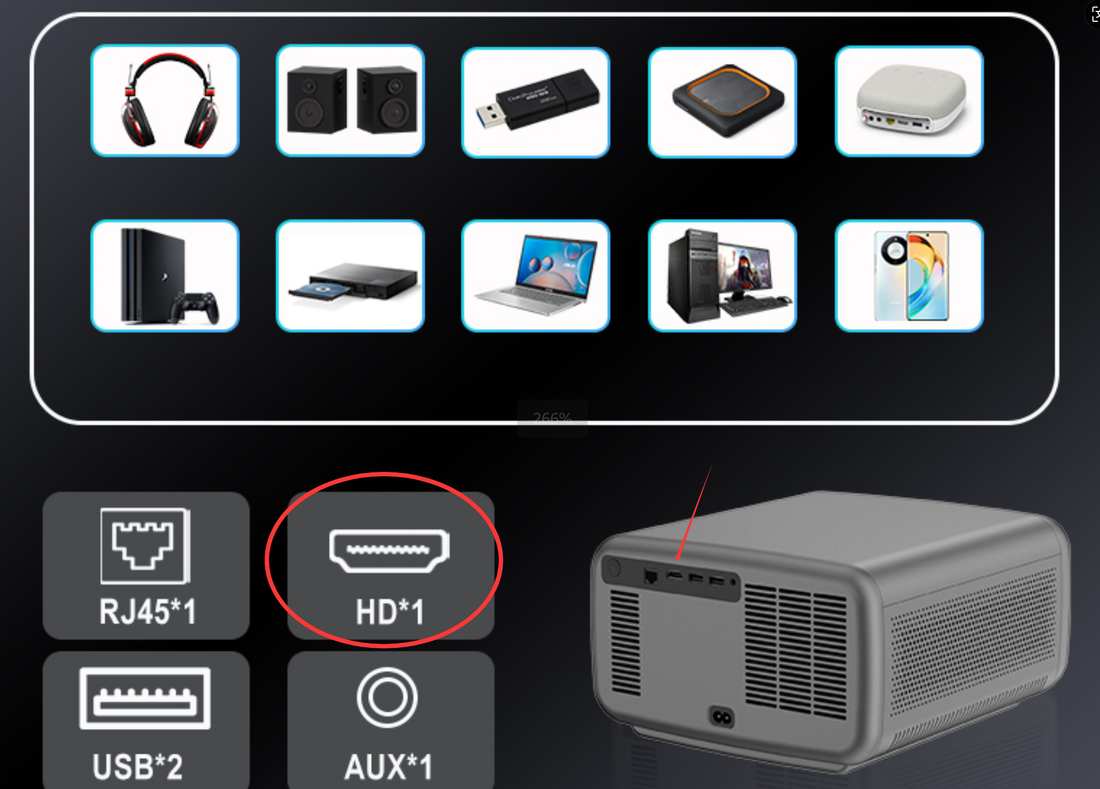
how to connect projector to laptop
Share
Connecting Your Laptop to a Projector: Two Common Methods
1. HDMI Connection: The Preferred Method
- This is the most prevalent and recommended approach for contemporary devices.
- HDMI cables deliver high-fidelity video and audio signals.
- Steps:
- Ensure both your laptop and projector are powered off.
- Insert one end of the HDMI cable into your laptop's HDMI port and the other into the projector's HDMI input,Taking the Everycom CubeLite projector as an example。Then,Find your laptop’s HDMI port, mine is on the back of the computer
-

-
- Power on the projector first, followed by your laptop.
- Use the projector's input selection button to choose the HDMI input.
- Adjust your laptop's display settings as necessary (details below).
2. Wireless Connection: Cord-Free Convenience
- Many modern projectors and laptops offer wireless connectivity.
- This method eliminates the need for physical cables.
- Steps:
- Verify that both your laptop and projector support wireless connectivity (Wi-Fi or Bluetooth).
- Connect both devices to the same Wi-Fi network (if using Wi-Fi).
- Enable screen mirroring or casting on your laptop. The precise steps vary depending on your operating system (Windows, macOS) and the projector's features.
- Select the projector from the list of available devices.
- Adjust display settings as needed.